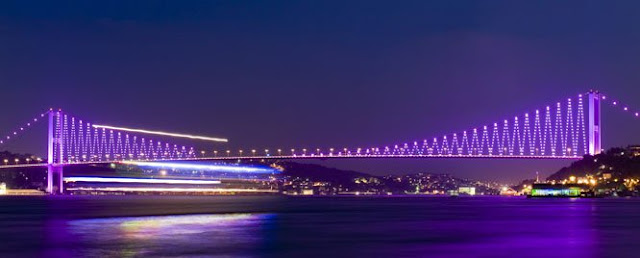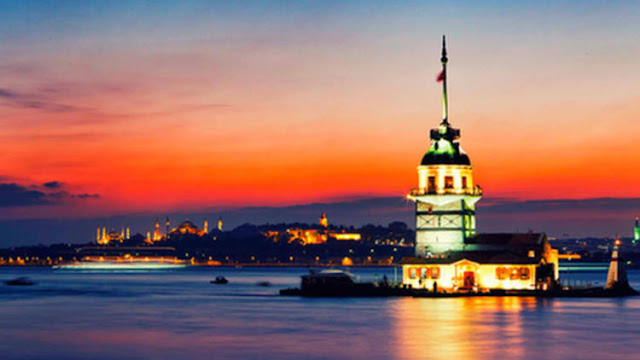ISTIKLAL AVENUE (İSTİKLAL CADDESİ)

İstiklal Avenue in the Beyoğlu district of Istanbul Çiçek Pasajı (Flower Passage), also known by its French name Cité de Péra , is one of the many historic buildings that adorn the avenue. İstiklal Avenue or Istiklal Street ( Turkish : İstiklal Caddesi ; Greek : Μεγάλη Οδός του Πέραν , translit. Megali Odos tu Peran ; French : Grande Rue de Péra ; English: "Independence Avenue" ) is one of the most famous avenues in Istanbul , Turkey , visited by nearly 3 million people in a single day over the course of weekends. Located in the historic Beyoğlu (Pera) district, it is an elegant pedestrian street , 1.4 kilometers long, which houses boutiques , music stores , bookstores , art galleries , cinemas , theatres , libraries , cafés , pubs , nightclubs with live music...





